Dutch Apple Again
Since then, the Dutch ATC has fined Apple 5m€ four times as of this week, as they consider Apple’s changes to be deficient, which still levies a 27% ‘tax’ payments on payments made outside of the App Store. Apple claimed in mid-January that it had complied with the ACM’s wishes, although what they did was very limited, focused only on dating apps, and did not actually make any changes, only indicating that it would eventually. Apple seems to have taken the tact that it is better to fight than give in in the Netherlands and is going to appeal the court decision that the ACM ruling is based on, alleging that any changes to the current system would pose a security risk to users, communities, economies, businesses, and families, a hard case to prove. In the interim the ACM can continue to levy fines until the 50m€ cap is reached.
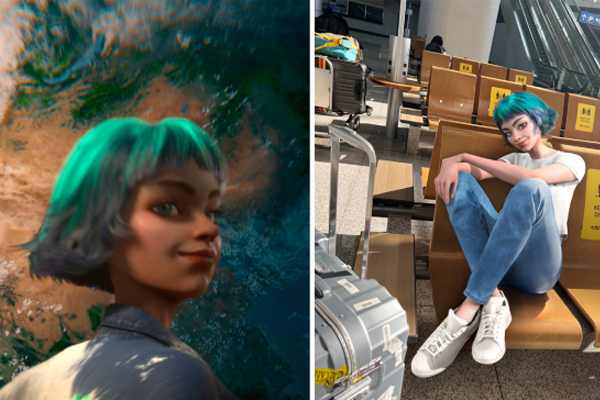
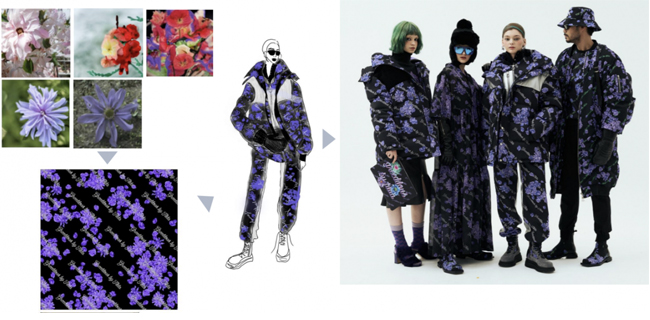
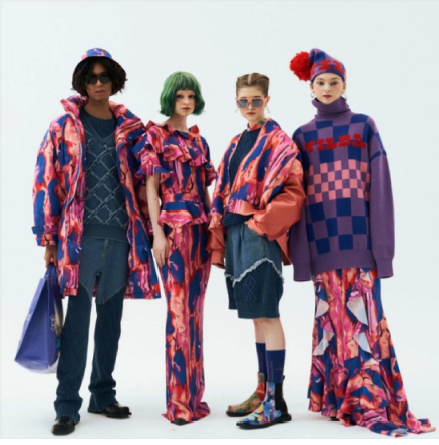






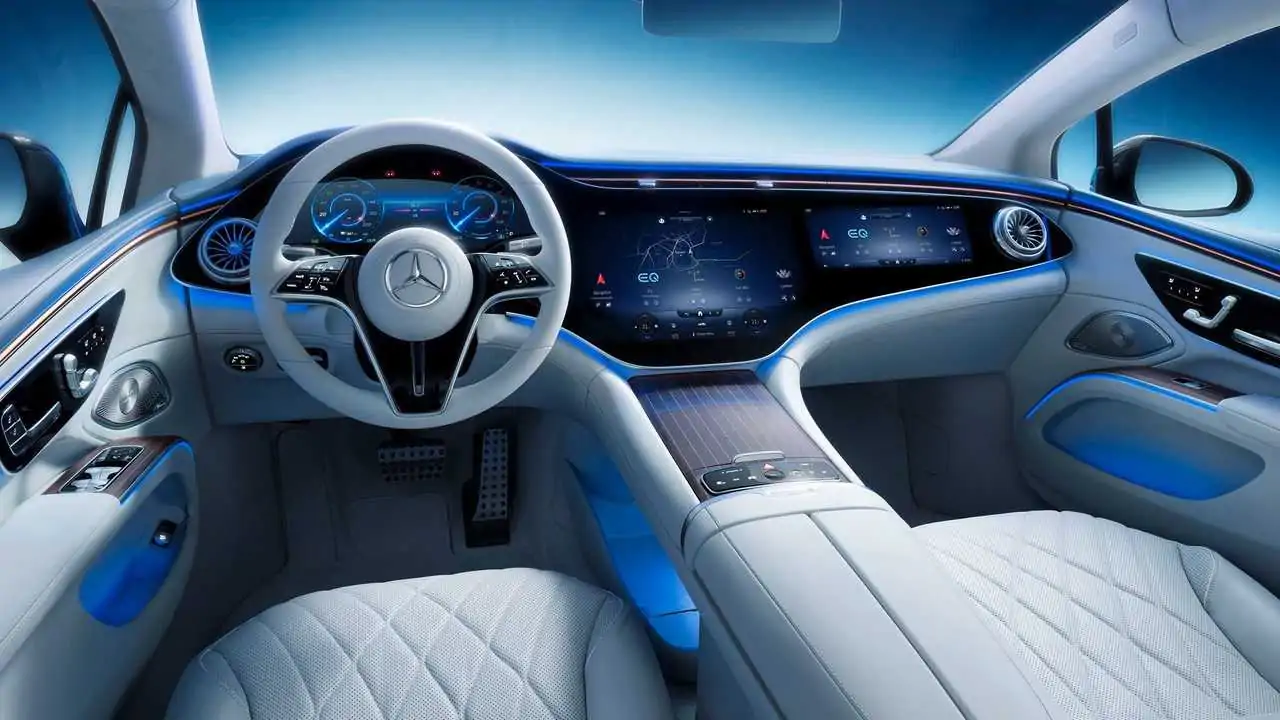
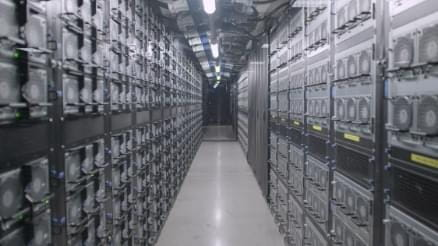
 RSS Feed
RSS Feed